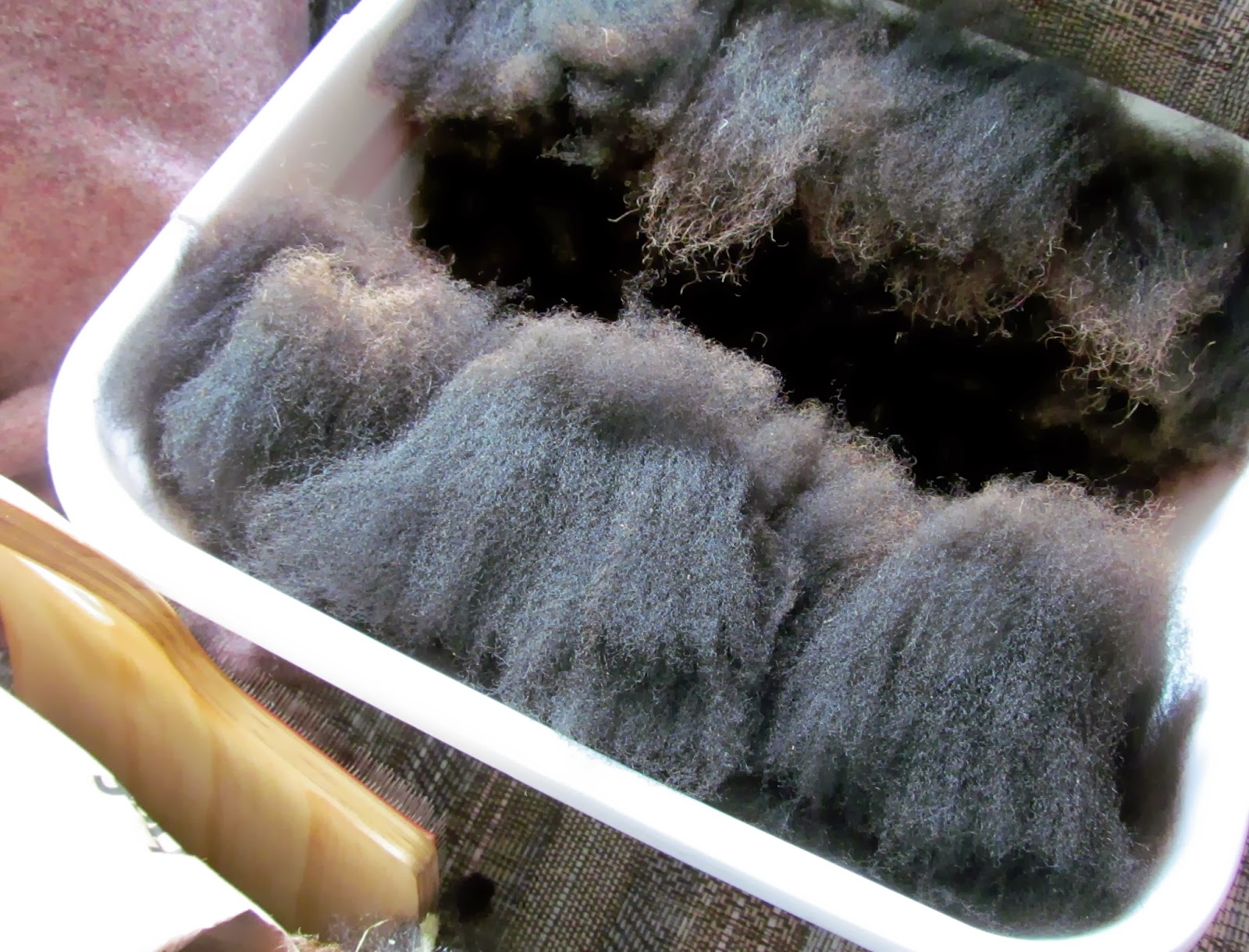This is the tail end of winter here. There is still a chance of snow until mid May, but unlikely. So on good weather days I've been outside, plodding away at the farm work. There is always more farm work than a person has energy or time to complete. It's all Tortious work, just keep working slow and steady at what needs doing, then maybe something will get done. But, if you rush at it full speed like the Hair, things usually go wrong.
When the weather has been unpleasant, and all the outside chores are done for the day, I've been playing with yarn. Mostly I've been spinning for sale. I'm really excited about this yarn. I picked up 4 pounds of fibre from the local fibre mill, these are all just extras she had leftover from the milling process - usually it goes to waste, but instead she carded them together for a random result. I took this reclaimed fibre and made yarn. I'm almost finished too. Less than one pound left. All this yarn is spun the same style and approximately the same thickness, so the skeins will make a great mix and match for weaving or maybe knitting a sweater. I have a few of them for sale already, but the rest still need to be washed, blocked, measured, tagged and photographed - it turns out that crafting is just the easy bit of having an online store. I'm not entirely certain if it is worth it as it gets fewer views per day than even my blog, but (shrug). It's a fun experience.
Weaving wise, it took about two weeks to dress my loom with linen. It's beautiful warp! I'm not certain I want to weave it, in case I don't do the warp justice. But if I don't weave it, then I can't weave the next things on my list.
This is my first proper experience weaving linen, and I'm not certain I choose the correct techniques. Things are bound to go wrong, but that's how I learn. If things go absolutely terrible, I'll cut it all off, and use it as weft for some saori weaving.
The goal of this thread is to become bread cloths. That's cloths that I wrap homebaked bread in when it comes out of the oven... I find that bread lasts weeks longer when wrapped in cloth rather than plastic. Linen longer than cotton. There is also the alternative motive of learning to work with linen, as I'm very interested in working closely with the local Flax to Linen group this year. I even have some special seeds and a bit of land put to one side to grow my own.
That leads me to other thing that's been in the forefront of my mind these last few months: what to wear.
 |
| cotton seeds, all sprouting |




















